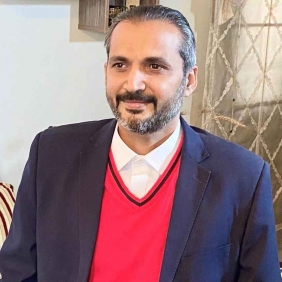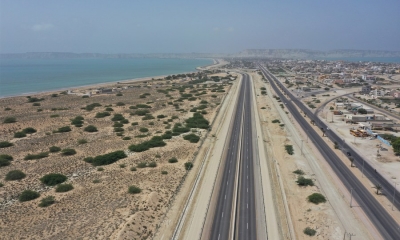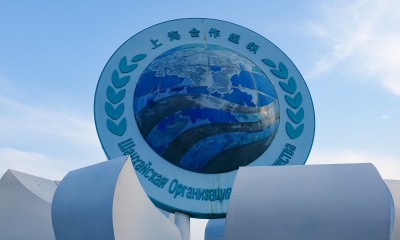Privatization or Facilitated Take Over of Assets
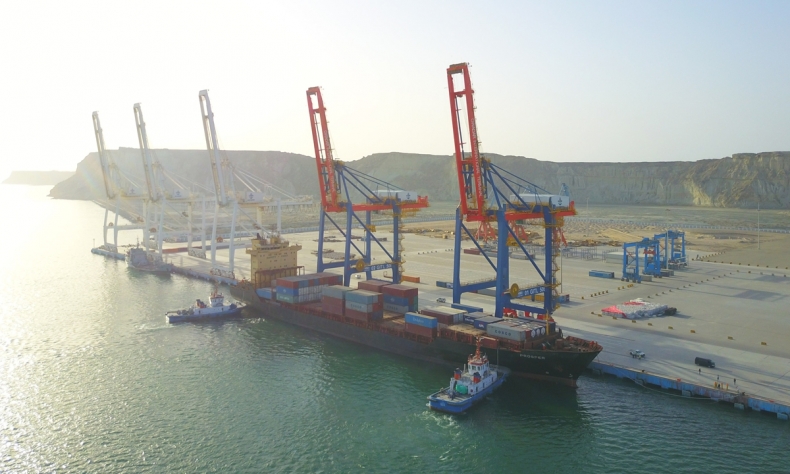
The world needs to be clear that private sector and privatization are two entirely different things. I consider privatization is takeover of assets, being facilitated by international and other financial institutions.
International financial institutions (IFIs) and so-called development banks have special love for privatization. The word privatization can be found in every other talk or briefing of international financial institutions (IFIs). They have expanded the spectrum of privatization. It started from production facilities and now is engulfing the services sector, including the essential services like health, education, etc. Poor and less developed countries always have to listen to lengthy lectures on private sector’s miracles and the need for privatization. Governments-owned businesses or entities are marked as a bad omen for national economy. Although, many countries have bad experiences but still the preaching and practice are going on in full swing.
Owing to multifaceted problems, I term the privatization as forceful takeover, which is being facilitated by financial institutions. The poor and less developed countries, especially rich with natural resources, are trapped by knitting a complicated web. First, these countries are being offered loans in the name of development, but mostly for non-productive use and undesired infrastructure. In the short run, it ushers a brief period of happiness and helps the ruling elite to strengthen their control. The episode of loan by IFIs goes on, until it starts to impact the payback capacity of the recipient country.
It is strange to note that the debt kept on increasing for some countries, even they were paying back the debt honestly. For example, in 1980 the total debt of Brazil was $72 billion. From 1980 to 1998 Brazil paid back $146 billion and ended up with $231 billion debt. The story of Mexico seems to be a replica of Brazil. Mexico started with $57 billion in 1980, paid back $157 billion, and lift with the balance of $180 billion.
Once, the country crosses the limit of maximum borrowing, the IFIs change the mask and start to curse the governments for poor policies and execution of policies. It is pertinent to mention here that IFIs forget their role in policies and engagement. They come out clean and start to portray themselves as saviors, assisted by an army of experts. They depute so-called independent experts, to save themselves. The designated independent experts have one job, to prove IFIs by hook or crook. These are hitman of different caliber and have different duties to play. The majority is being selected from the respective countries or sometimes retired employees of IFIs are also being selected. Retired bureaucrats or relatives of serving bureaucrats are also engaged to speed up the process. IFIs come up with a plethora of policy reforms starting from governance and ends with socio-economic sector. They want countries to adopt all reforms at once, which brings more problems to countries, and governments of the recipient countries start to lose control.
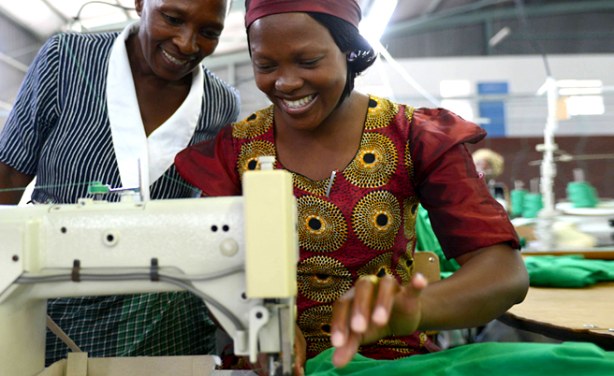
Simultaneously, private sector is being promoted as the most efficient player of the economy. The theory of in-efficiency of government and efficiency of private sector is being used to pave the way for privatization. The comparison is being done without considering the difference in roles and responsibilities of governments and private sectors. Private sector is only concerned about profit and they apply all tools to maximize their profit. In contrast, every government has the responsibility to take care of people, which is their first and foremost responsibility. Privatization is advocated as a remedy to national problems and IFIs start to compel the governments to go for privatization. The countries in need of money start to negotiate, which brings a new world of dictated reforms. The countries are being advised to go for reforms and shock therapy is being recommended. The countries have to open up their economy at once, reduce the tariffs for private sector and leave the small companies at mercy of competition with big companies. IFIs keep insisting on privatization until governments complete the task.
Privatization is being followed by urgent demands from private sector to ease the tax system and ask for concessions. These are additional expenses, which governments had to bear to pay off the liabilities such are companions to employees etc. It further deteriorates the revenue structure of the country. IFIs also support the private sector in the name of a good business environment and enhanced competitiveness in global market. Interestingly, at the same time, IFIs keep on asking to increase the revenues. Governments are left with the only option to tax the poor through indirect taxes and increase taxes on essential commodities and services, which bring negative implications to the poor and middle class. The story does not end here. After the first episode of privatization, the second episode starts. A new list is prepared and handed over to the recipient country. The most interesting part of the web is that IFIs do not go for direct takeover. They facilitate the private sector to takeover by building pressure. As, they know the money will come back to Western institutions, one way or another. So, the West will have control over the resources. Thus, it is sometimes being dubbed as new colonialism.
In this scenario, if some other countries want to help a country, a number of barriers are being erected by IFIs and Western institutions. The most recent example is China. China launched different programs including the Belt and Route Initiative (BRI) to meet the demands of less developed and aspiring countries. China was trying to bridge the gap of investment, which, estimated by MGI, will be $5.3 trillion by 2030. Developing and least developed countries will bear the worst impacts. Owing to these circumstances China came forward but unfortunately, it came under stern criticism in one name or another. IFIs crafted papers and diligently selected the words to sow the seeds of confusion. The confusion gave birth to conspiracy theories and ultimately Chinese investment was tagged to “debt-trap diplomacy” and seizures of assets. Multilayered campaigns were designed and launched to discourage China.
Howbeit, the data analysis points to another direction. An analysis of studies conducted by different institutes, which analyzed 3,000 cases of Chinese loans highlighted that there is no China debt trap. They could not find a single example of debt trap or debt trap diplomacy or assets takeover from 3,000 case studies. Hambantota was only a case study, which they tried to tag with debt trap but with extremely weak argument. The analysis of the debt crises of Sri Lanka showed that it has roots in private borrowing from Western institutes and borrowing from IFIs. Second, it was Sri Lanka, which persuaded China to accept the lease, as Sri Lanka was in dire need of cash. They used the cash to pay back debt and meet some domestic demands.

However, the most interesting example is that of Zambia. Some experts created a huge hue and cry that China is forcing Zamia to privatize ZESCO, a state-owned power company. The government of Zambia strongly rejected the propaganda and tried to bury the controversies. Further, a deep-dive case study in Zambia showed that in reality, it was IFIs that were forcing Zambia to go for privatization of ZESCO. The so-called independent experts tried to divert attention from IFIs and find new excuses to malign China. The goal was clear, they wanted to create fear among the partner countries of China.
The West is applying these tools because they perceive China as a threat to IFIs and Western financial and economic systems. They many times tried to trap China but were not successful to trap China in Western system. China somehow keeps its domestic supply chain and financial system immune to Western and IFIs influence. It helped China to rise and now China is helping other countries. Thus, China is the prime target and malicious campaigns have been launched to blame or discourage China and stop China from investing. It is being perceived that it will help IFIs and Western institutions to bring their customers.
Pakistan being the host of the flagship project of BRI is also facing multiple problems due to the involvement of IFIs. IFIs, on one hand, are pushing Pakistan to accept a strict round of reforms, increase taxes and go for privatization. On the other hand, IFIs are asking Pakistan to come out of BRI and stop CPEC by adopting delicate language, well-crafted papers and without using the words of “leave the CPEC or more precisely China”.
In conclusion, the world needs to be clear that private sector and privatization are two entirely different things. I consider privatization as takeover of assets, facilitated by international and other financial institutions. It is not beneficial for countries in the long run. Governments always need non-tax revenue to meet their obligations and expectations of people. Thus, there is a need to keep a balance between tax and non-tax revenue. To avoid privatization, governments need to avoid, to go for non-productive loans and unnecessary projects. They must focus on interventions, which create economic activities and livelihood opportunities.
 Facebook
Facebook
 Twitter
Twitter
 Linkedin
Linkedin
 Google +
Google +



